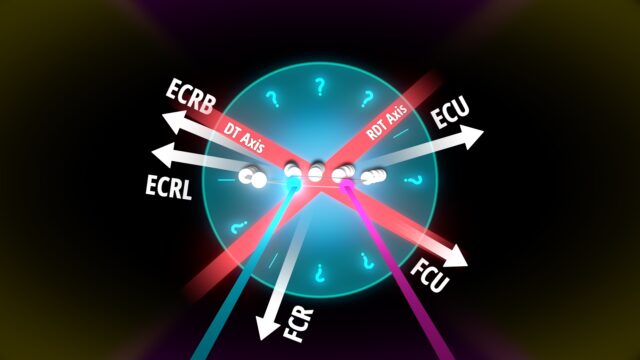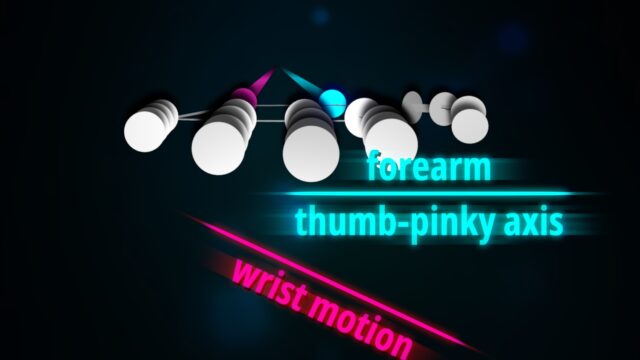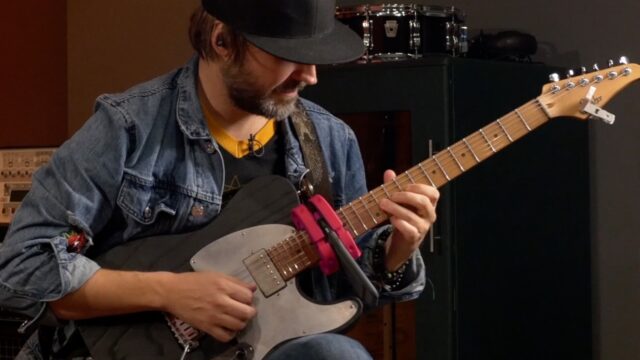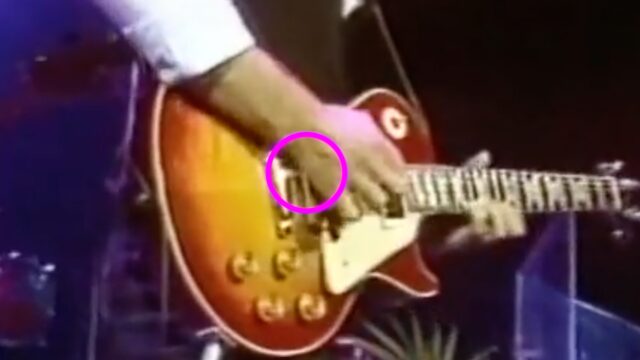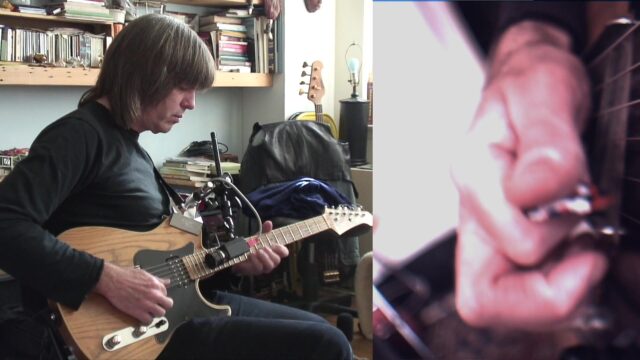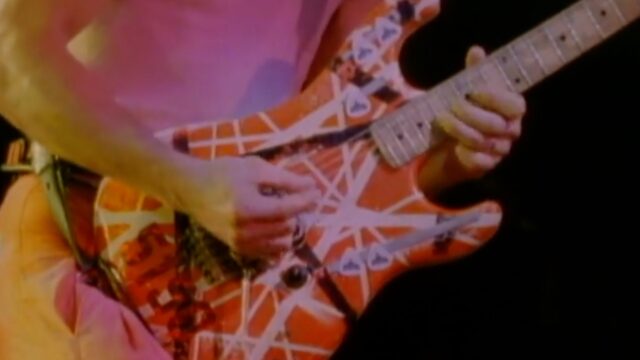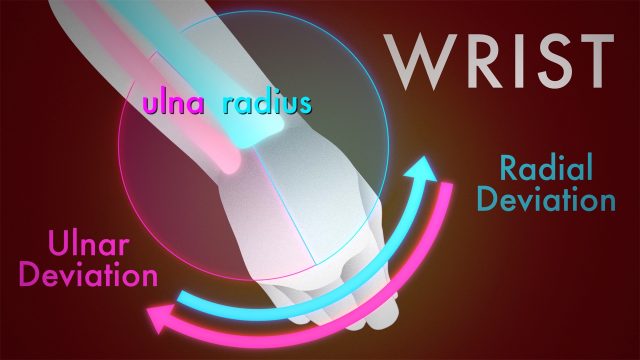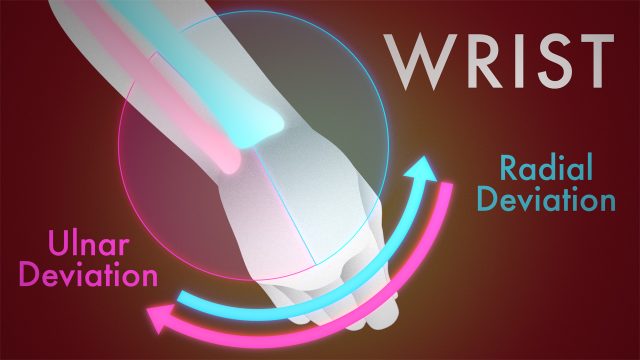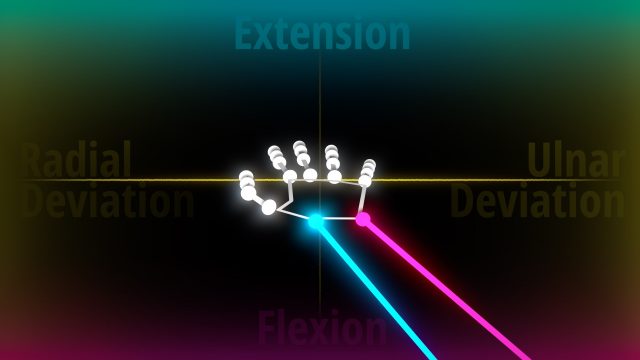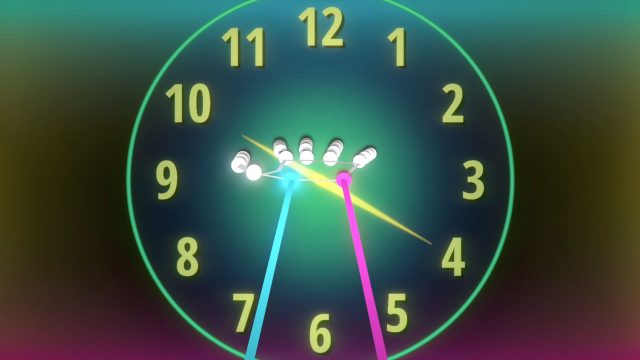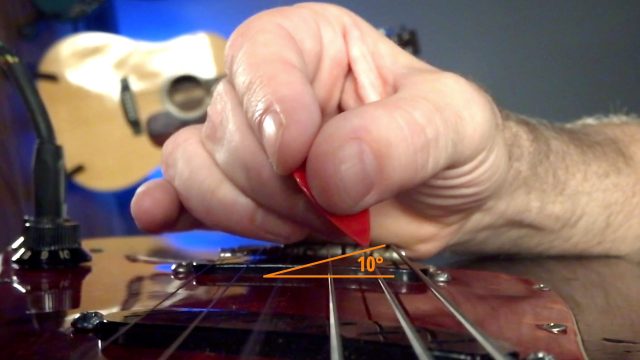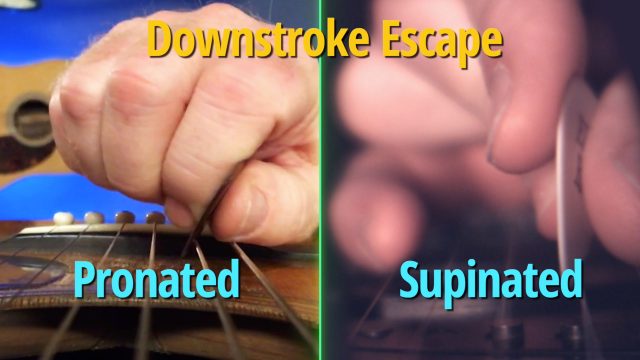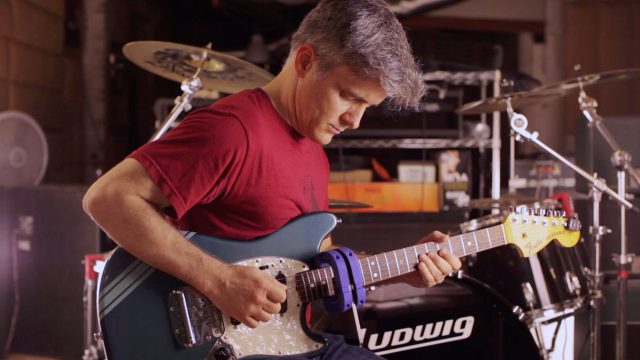Wrist Motion Reference
The wrist is probably the most commonly used joint in picking technique. Thanks to its 360-degree range of motion, it is also the most sophisticated.
The wrist is capable of creating all pickstroke types: single escape, double escape, and trapped. What’s more, it can do this from several different arm positions, effectively reproducing the same picking techniques using entirely different sequences of muscle action. Let’s take a look at how it works.
